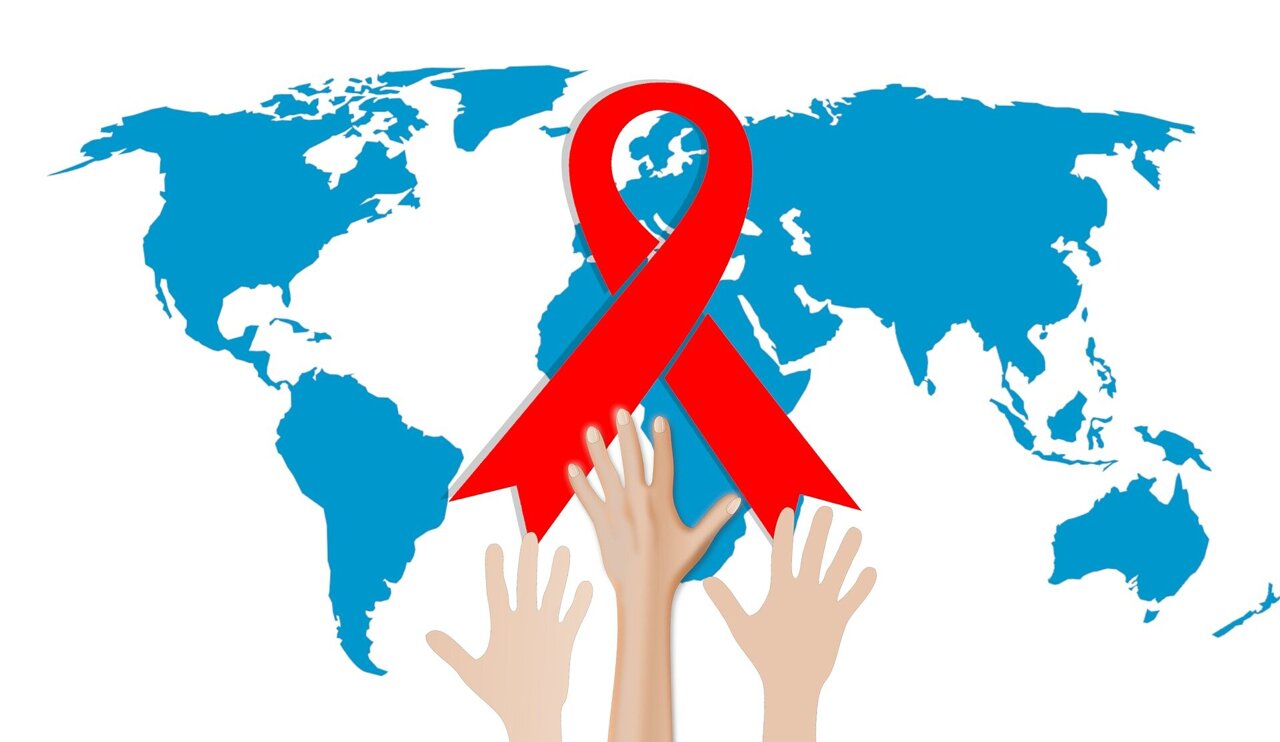HIV/AIDS has been a global health concern for decades, impacting millions of lives worldwide. While remarkable progress has been made in managing the virus with antiretroviral therapy (ART), the search for a cure remains ongoing. Recent advancements in HIV cure research have sparked hope for a future where HIV could be eradicated from the body altogether. In this article, we’ll explore some of the potential paths to an HIV cure, recent breakthroughs, and the challenges that lie ahead.
Understanding the Search for an HIV Cure:
Finding a cure for HIV is complex due to the virus’s ability to integrate its genetic material into the DNA of host cells, establishing long-lasting reservoirs that can persist even with effective treatment. While ART can suppress the virus, it cannot completely eliminate it from the body. As a result, researchers are exploring various strategies to achieve a cure, ranging from activating dormant virus reservoirs to enhancing the body’s natural immune response to HIV.
Potential Paths to an HIV Cure:
Shock and Kill Strategy: One approach to curing HIV involves waking up dormant virus reservoirs within the body and then targeting them for elimination by the immune system or other therapeutic agents. This “shock and kill” strategy aims to flush out hidden HIV-infected cells from their dormant state, making them vulnerable to immune attack or antiviral drugs.
Gene Editing Technologies: Gene editing tools, such as CRISPR-Cas9, have shown promise in the quest for an HIV cure. Researchers are exploring ways to use gene editing to modify immune cells, making them resistant to HIV infection. By disrupting the genes that encode receptors used by HIV to enter cells, such as the CCR5 gene, scientists hope to create HIV-resistant immune cells that can replace the virus-susceptible cells in the body.
Broadly Neutralizing Antibodies: Broadly neutralizing antibodies (bNAbs) are a type of antibody that can recognize and neutralize a wide range of HIV strains. Researchers are investigating the potential of bNAbs as a therapeutic agent for HIV cure, either as a standalone treatment or in combination with other strategies. These antibodies could help clear HIV-infected cells and prevent new infections from occurring.
Immune-Based Therapies: Immune-based therapies aim to boost the body’s natural immune response to HIV, either by enhancing the activity of immune cells or by targeting mechanisms that suppress immune function. Therapeutic vaccines, immune checkpoint inhibitors, and immunomodulatory agents are being studied as potential treatments to control or eliminate HIV infection.
Recent Breakthroughs and Challenges:
In recent years, there have been several significant breakthroughs in HIV cure research, providing renewed hope for finding a cure. These include the case of the “Berlin patient” and the “London patient,” both of whom achieved long-term remission from HIV after receiving bone marrow transplants from donors with a rare genetic mutation that confers natural resistance to HIV.
However, despite these advances, significant challenges remain on the path to an HIV cure. These include the persistence of latent virus reservoirs, the risk of off-target effects with gene editing technologies, and the need for safe and effective delivery methods for potential cure therapies. Additionally, ethical considerations, such as ensuring equitable access to cure therapies and addressing stigma and discrimination, must be addressed.
Looking Ahead with Hope:
While the search for an HIV cure is ongoing and complex, recent advancements in HIV cure research offer hope for a future where HIV/AIDS could be eradicated. By exploring innovative strategies such as shock and kill approaches, gene editing technologies, broadly neutralizing antibodies, and immune-based therapies, researchers are inching closer to the goal of finding a cure for HIV.
As the global community continues to prioritize potential HIV cure research, it’s essential to support ongoing efforts, invest in scientific innovation, and advocate for equitable access to potential cure therapies. Together, we can work towards a world where HIV/AIDS is no longer a threat, and individuals living with HIV can look forward to a future free from the burden of the virus.








